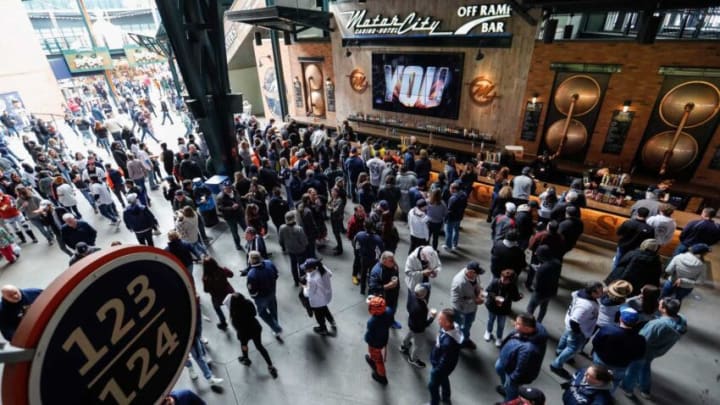Attendance is up pretty much across Major League Baseball. Is that a sign that all the rules changes put in place at the start of the MLB season are achieving one of their major goals?
It’s obviously too early to make that claim with confidence. However, we’re now about 10 percent through the 2023 schedule, and the numbers don’t lie.
Attendance is up more than 4 percent from an equal number of games during 2022. More than 70 percent of teams are enjoying an attendance increase compared with an identical number of playing dates one season ago and, for 11 of the 30 teams, those increases exceed 10 percent.
MLB implemented several rules changes prior to the season’s start, the broad-based reason being to cater to fan interest in a quicker, livelier game. The changes involved banning infield shifts, implementation of a pace-of-play system, and rules designed to encourage baserunning.
The wisdom of those changes can be debated. There’s also no guarantee that the attendance increase following immediately on the heels of the rule changes represents cause-and-effect.
Early on, the MLB attendance numbers are fascinating
For the first six home dates at Cleveland’s Progressive field, attendance has averaged 21,272, a 52 percent increase from the 14,010 average attendance at the team’s first six dates in 2022.
At Tropicana Field in St. Petersburg (where the Rays have started the season on fire), the increase measures 31 percent. It’s also 31 percent in Oakland, although that is more a reflection of the team’s dismal attendance of 2022 than anything else.
But fan interest is also up more than 20 percent in Cincinnati, Miami and Pittsburgh, and by more than 15 percent in Arizona, Queens, Philadelphia and Houston.
By contrast, only five franchises — Detroit, Colorado, Atlanta, Baltimore and Texas — have reported double-digit declines in attendance compared with last season. Only three others have experienced declines of smaller percentages, those being Boston, Kansas City and the Los Angeles Angels.
The average crowd league-wide in 2023 is about 26,360, an increase from the 25,270 fans who attended a similar number of games at this point of the 2022 season.
Obviously lots of factors can influence attendance from season to season. The popularity of the opponents, the weather, and the fans’ belief in the team’s prospects are factors.
It’s also possible that an upsurge in attendance could be attributable to nothing more than fans’ continued adjustment to the COVID-19 aftermath. After the 2020 fan shutdown, attendance was just 45.28 million in 2021, well off the approximately 70 million range for the previous decade.
In 2022, attendance grew again, to 64.49 million.
If the present rate of growth continues, MLB would log about 67 million paying customers this season. That’s close to the 68.48 million who paid to see games in the last pre-COVID year, 2019. And since April tends to be a lightly attended part of the season — school and weather being the prime interferences — it’s reasonable to speculate that the 68.5 million mark might be within reach this year.
For those reasons, it will be necessary to wait until deeper in the season to be able to make more reliable projections about whether baseball is experiencing a growth in interest in 2023. But the early signs are positive.
